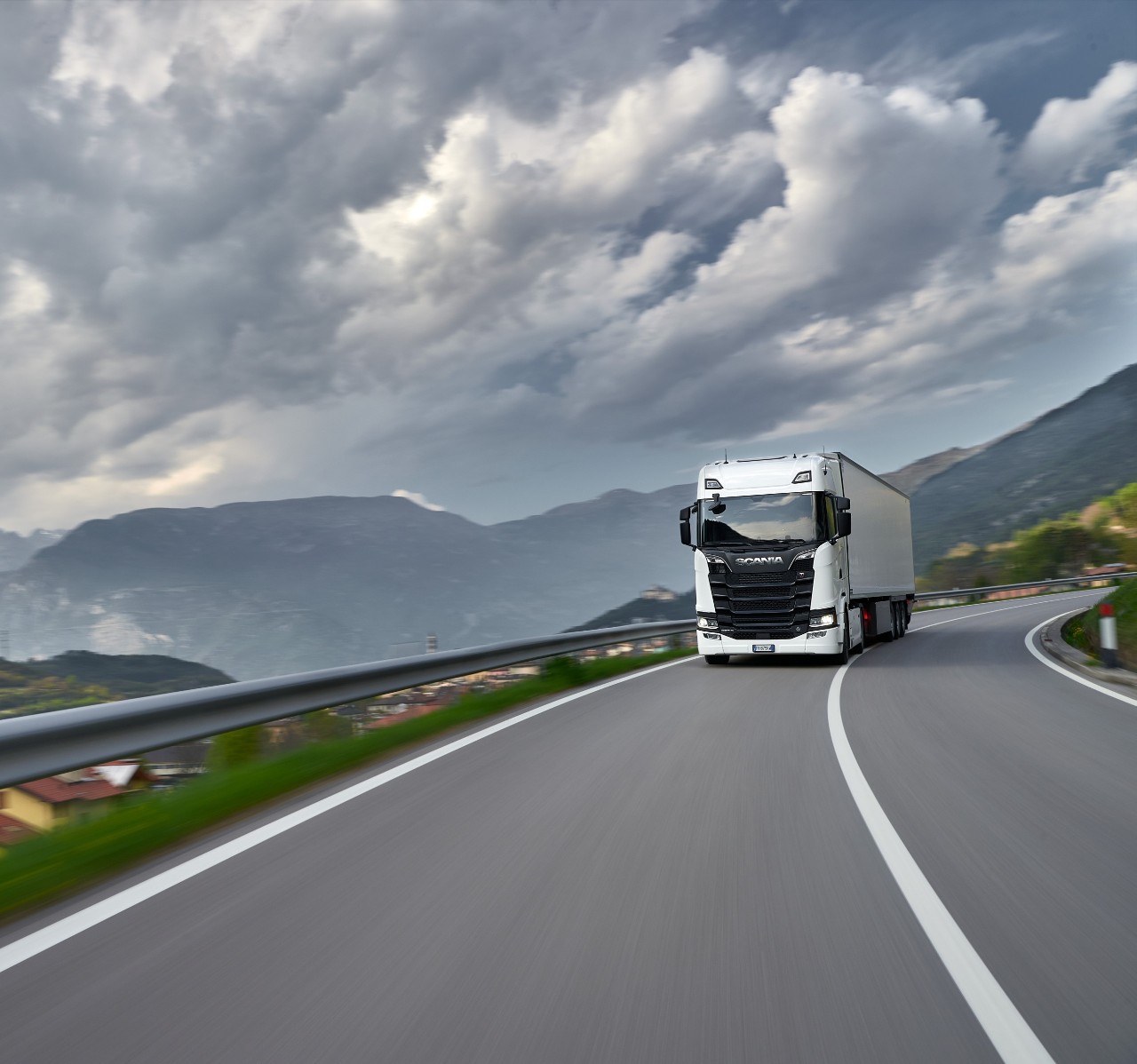
Common and Avoidable Causes of Road Accidents Associated with Heavy Commercial Vehicles
17 MAY 2021
Road safety continues to present significant challenges in our country as a result of the many lives lost on our roads. According to the National Transport and Safety Authority (NTSA) road crash statistics November 2020 report, there was a 5.8% increase in road crash fatalities as of 31st October 2020. From the report, road crashes have claimed the lives of 3,114 persons compared to a similar period in 2019 where 2,942 lives were lost.
When transporters, bus operators and drivers do not abide to the rules and regulations set to protect them and other road users, they place themselves and other road users in great danger.
Most accidents that occur among heavy commercial vehicles can be attributed to several reasons which transporters and bus operators should avoid at all costs.
Disabled Speed Governors
When the speed sensors or speed governors are tampered with or disconnected, the driver is not aware of the speed that the vehicle is moving at because the speedometer is also disconnected in the process of tampering with the speed governor, resulting in over speeding. In the event the driver must engage emergency brakes at these high speeds and with the vehicle loaded to full capacity, the vehicle easily loses control due to reduced stability and the short breaking distance.
Tyre Bursts
Tyre bursts occur as a result of a rapid loss of inflation pressure from an air-filled tyre that leads to an explosion. Tyre bursts can be attributed to various reasons:
- Over speeding
Each tyre available in the market is rated for a particular speed which it is meant to function properly at. The tyre materials and construction are made in such a way that it can safely withstand speeds up till that point only. Anywhere beyond that and the tyre structure will be incapable of handling the higher friction levels and give in very quickly.
- Under-inflated tyres
The most common cause of a tyre burst is improper air pressure in the tyres. Studies show that most of the tyre bursts are caused due to under-inflated or over-inflated tyres. Under-inflated tyres suffer from excessive flexing which will invariably increase your contact patch with the road. This leads to accumulation of more frictional force and in-turn causes excessive heat build-up within the tyre. Always make sure that you check the tyre pressure of your vehicle before starting a trip.
- High temperatures
Tyres running during high temperatures lose the solidity and are more prone to pressurized air explosion. Temperature is directly proportional to pressure, and heat-build up causes the air inside the tyres to get hotter, pressurized and start expanding. Along with that, there is also friction between the road surface and the tyre which makes the tyre hot from the outside, weakening the rubber.
Over Loading
Each vehicle has a specified maximum load capacity depending on the engine power and gear box. Often these regulations are ignored in a bid to earn some extra money from the extra weight or extra passengers.
When vehicles are overloaded with excess cargo or passengers, it places undue strain and pressure on the axles, braking system, tyres and other mechanical components of the vehicle, making it difficult for the driver to control the vehicle, increasing the chances of a serious accident occurring.
Freewheeling
Freewheeling of vehicles is very common with truck and bus drivers. A free wheel is a device in the transmission of some vehicles that automatically disengages the drive shaft when it rotates more rapidly than the engine shaft, so that the drive shaft can turn freely. While most drivers do this in an attempt to ‘save on fuel’, freewheeling has fatal adverse effects, it increases fuel consumption and causes the wear and tear of the engine and gear box over time.
When the vehicle is in a free wheel state, its response time is affected. In the event an emergency response is required; the vehicle’s delayed response can result in an accident occurring because of the time it takes to reengage the gears and apply brakes.
Additionally, freewheeling reduces the control a driver has over the vehicle because without the engine connected to the wheels, the driver cannot use the engine’s gears to slow down. This is known as engine braking. Without the assistance of the engine braking system, the driver has to press harder on the main brakes which cause early wear.
Road safety is a collective responsibility, and it is crucial that rules and regulations set to keep us safe on the road are followed in preventing road carnage. In the long run, all these factors caused by human error, not only compromise on the safety of the drivers and other road users, but they also increase the operational expenses of the transporters and bus operators.